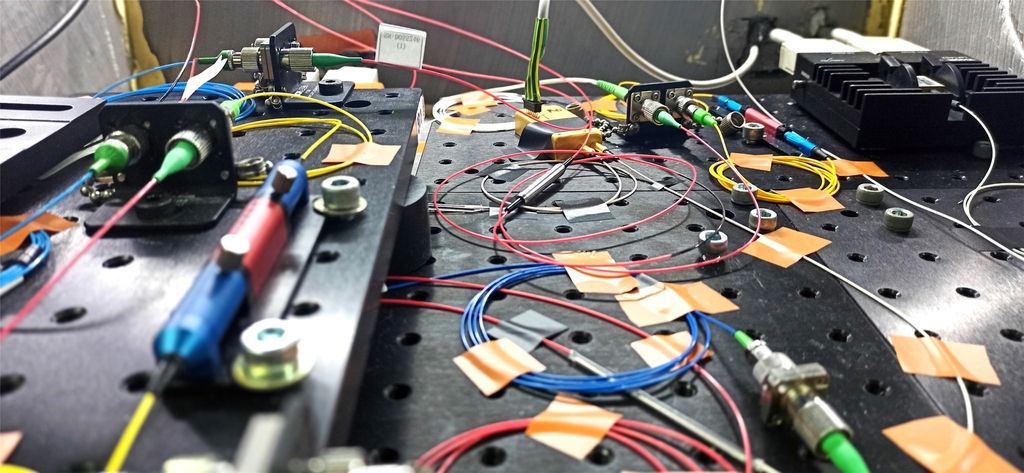OBJECTIVES
Adaptive Optical Dendrites (ADOPD)
 The increased demand for computation with low energy consumption requires entirely novel hardware concepts. In ADOPD we develop ultra-fast computational units based on optical-fiber technologies exploiting information processing principles used by neurons in their dendritic trees.
The increased demand for computation with low energy consumption requires entirely novel hardware concepts. In ADOPD we develop ultra-fast computational units based on optical-fiber technologies exploiting information processing principles used by neurons in their dendritic trees.
Dendritic processing is highly condensed, local, and parallel and it allows also for non-linear computations. These properties will first be modelled and in a second step transferred to optical systems consisting of fiber optics as well as other optical components.
For the first prototype, ADOPD uses well-established singlemode fiber technology to build an optical-dendritic unit (ODU).
From there, we move on to cutting-edge multi-mode fibers to obtain an all-optical second prototype of a dendritic tree with significantly higher computing power and compactness.
Finally we will design computational models of networks of multiple ODUs to quantify the computational efficiency such multiple, parallel operating devices.
Thus, the optical dendritic units created by ADOPD represent a novel, cutting-edge computing hardware for fast, low-power, parallel computing, with the potential to help addressing the rising demands for computation.
Extend existing theories of adaptive signal processing in dentritic trees to abtain understanding of various dendritic machanisms and their interactions. This will allow us to identify the minimal requirements neede to realize in hardware the main functionalities of efficient and reliable adaptive dendritic computation.
Investigate numerically how simple fiber-optic topologies can mimic the main functionalities of adaptive dendritic computation and to provide design guidelines for implementation in the optical domain.
Develop fiber-optic prototypes with the above functionalities that act as all-optical processing units for ultrafast, energy-efficient, real-time information processing tasks. We chose a single-mode fiber (SMF)-based architecture at project start to reduce implementation complexity. Then we will extend our concept to more demanding MMF configurations, which will lead to higher computing power and compactness.
Arrive at powerful computing principles also for networks, models of ODU networks will be developed. We will, in particular, investigate the efficiency of ODU networks in different, context-dependent computational tasks.
Thus, the optical dentritic units created by ADOPD represent anovel, cutting-edge computing hardware for fast, low-power, parallel computing, with the potential to help addressing the rising demands for computation.


